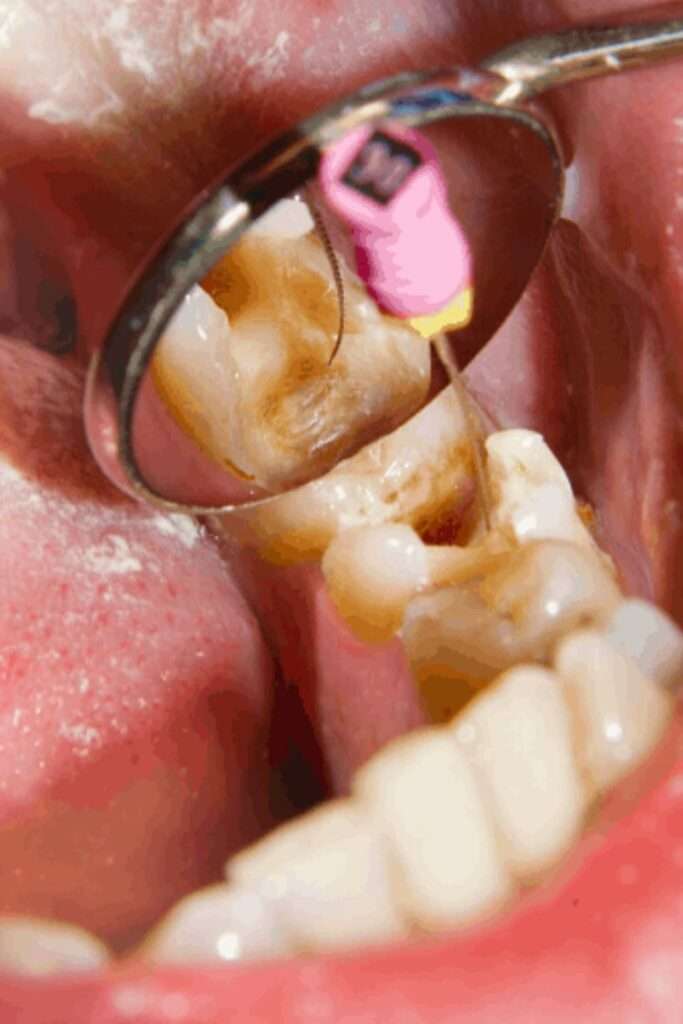Endodontics Root Canal Treatment
Endodontics, commonly known as root canal treatment, involves cleaning the root canals of infected teeth, disinfecting them with special solutions, drying them, and then filling them.
In simple terms, endodontics is often the final option to save a tooth before extraction becomes necessary.
In which cases can root canal treatment be performed? In which cases cannot it be performed?
When a patient visits the dentist with severe toothache, the dentist first conducts an examination and listens to the patient’s concerns. If the symptoms suggest a need for root canal treatment, a radiographic diagnosis is performed using panoramic or periapical x-rays. If the diagnosis confirms the need for root canal therapy, the treatment process is initiated.

What are the situations that require root canal treatment?
When a patient presents to the dentist with deep dentin caries, the first step is to evaluate their pain and symptoms.
If the patient reports constant, intense pain—especially pain that disrupts sleep or worsens when biting down—it typically indicates an infection, and root canal treatment becomes necessary. Radiographic examination may also support this diagnosis. If the lamina dura, which normally appears as a thin line around the root, appears thickened, or if there is a radiolucent lesion at the tip of a previously necrotic (dead) tooth, or large, well-defined cystic formations are present, root canal treatment is often recommended. In such cases, various root canal techniques can be used to treat the affected tooth.
Frequently asked questions about implant treatment
What should be considered in root canal treatment?
Tooth anatomy can vary; some teeth have a single root, while others have multiple roots. In multi-rooted teeth, the presence of additional or hidden canals can make treatment more complex and may lower the success rate of root canal therapy.
If a canal is missed or remains blocked during the procedure, it can lead to reinfection of the tooth over time.
What are the complications that may occur in root canal treatments?
Insufficient anesthesia at the start of root canal treatment can lead to severe pain during the procedure, significantly reducing the patient’s comfort.
Over-instrumentation with files during treatment can push the infection beyond the root tip, increasing the risk of future lesion formation.
On the other hand, inadequate cleaning can leave pulp tissue behind, while over-filing can excessively wear down the root canals. This may result in root fractures or cracks, leading to ongoing pain for the patient.
What is the ideal root canal treatment?
The goal of an ideal root canal treatment is to thoroughly remove all infected tissue from the root canals while preserving the tooth’s biological compatibility with the surrounding bone. This should be done without allowing any infection or lesion to develop at the root tip.
Throughout the process, the patient should be able to use the tooth as naturally and comfortably as a healthy one, while maintaining its original aesthetic appearance.
Let’s Get in Touch
You can contact us immediately to benefit from the Endodontics Root Canal Treatment
in our Oral and Dental Health Hospital.
